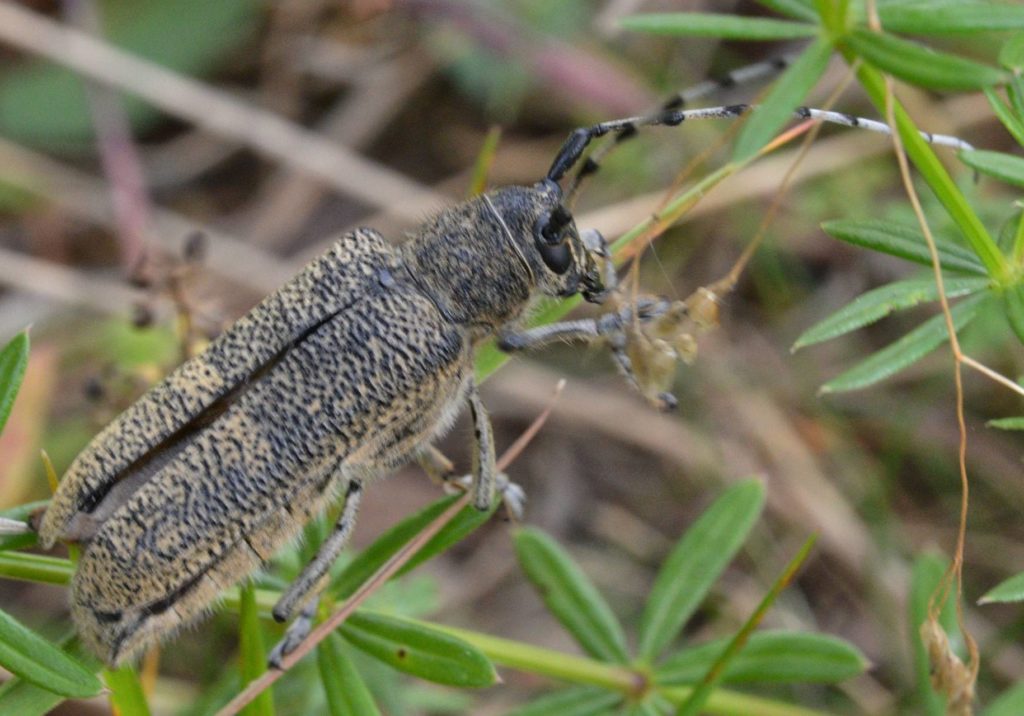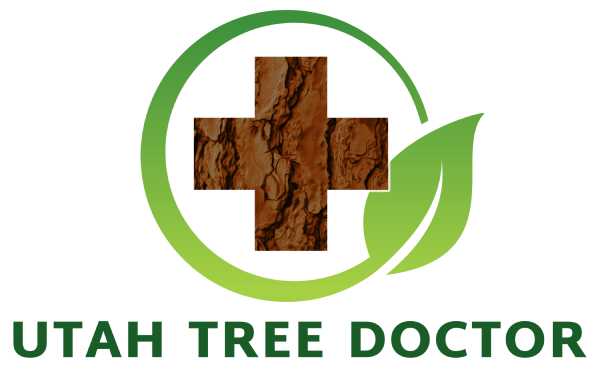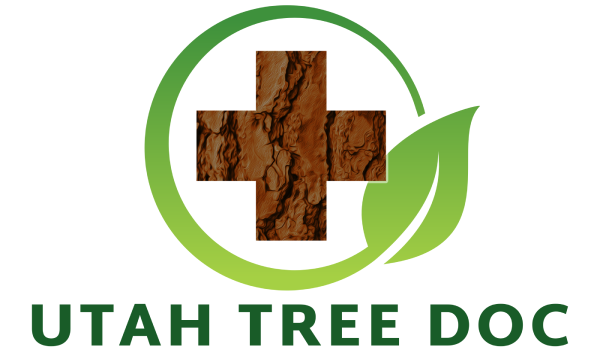GIVE UTAH TREE DOCTOR A CALL TO TAKE CARE OF YOUR FALL POPLAR BORER PROBLEM

What Is The Cause Of My Tree's Illness?
Beetles that typically appear mid summer until early fall
Damage Caused by Poplar Borers
The poplar borer attacks aspen, poplar, cottonwood and willow trees. They prefer stressed, over mature, larger diameter trees with trunks in full or partial sun. Most of the damage is caused by the poplar borer larvae which eats the inner bark and sapwood, weakening trees and providing access for disease pathogens. Small trees may even be girdled and die, but large trees are rarely killed by the poplar borer. The adult poplar borer causes minor damage by eating leaves and shoots but is not a serious problem.
How A Basic Diagnoses Is Made
The poplar borer causes wet spots on the bark, black stain below entrance holes, and masses of frass (boring dust or shavings), mixed with sap near entrance holes in the bark and on the ground near the base of the tree. Their eggs are about 1/8″ long, creamy white color, usually laid singly, but sometimes groups of 2 or 3. Poplar borer larvae are round-headed wood borers, about 1 1/4″ long, legless, and white or yellowish, with a head that is thicker than the body. The pupae are about 1″ long, and yellowish white. Adult poplar borers are a long-horned beetle, 4/5″ to 1 1/8″ long, with a dark grayish blue body and brownish orange spots, and antenna that are almost as long as their body.
PESTS, PROBLEMS AND THEIR TREATMENTS
Ash Borer
Aspen Gall
Aspen Black Leaf Spot
Birch Leafminer
Birch Stink Bugs
Black Locust Borer
Black Turpentine Beetle/Pitch Moth
Boxelder Webworms
Bronze Birch Borer
Chlorosis
Codling Moth
Coryneum Blight
Conifer Bark Beetle Ground
Elm Leaf Beetle
Fall Poplar Borer
Fall Willow Borer
Fire Blight
Greater Peach Tree Borer
Gummosis
Honey Locust Borer
Lesser Peach Tree Borer
Oak Bullet Gall
Oak Lace Bugs
Oak Leaf Blister
Oak Webworms
Pine Tip Weevil
Powdery Mildew
Sawfly
Scale
Slime Flux
Spider Mites
Spring Poplar Borer
Spring Willow Borer
Spruce Cooley Gall Adelgid
Strawberry Root Weevil
Sycamore Anthracnose
Fruitworm

